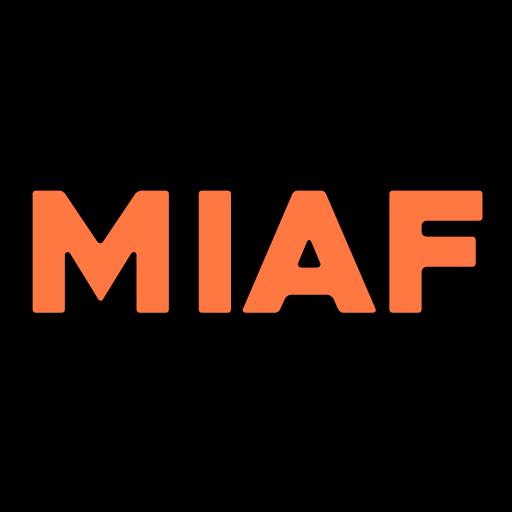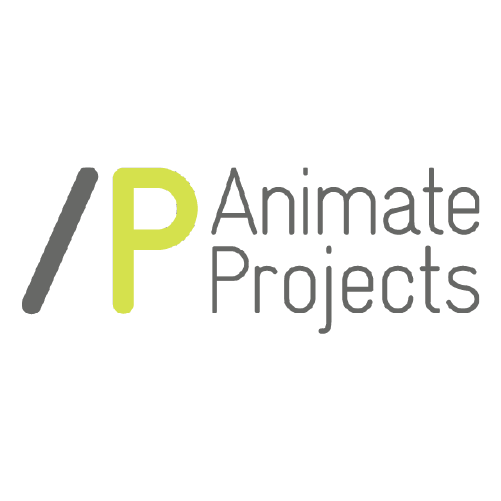LIAF 2016 is very proud to partner with Edwin Rostron and Animate Projects on 6 expansive screenings and seminars devoted to championing experimental animation for The Edge of Frame Weekend, taking place at Whitechapel Gallery and Close-Up Cinema on 9th – 11th December.
A programme of works which use the material of film itself as a canvas. These visceral, vibrant films feature camera-less techniques such as scratching, painting and printing onto the filmstrip, subjecting film to decay and decomposition, and affixing materials such as letraset or insects to its surface. The remarkable visions created through these diverse approaches fill the frame with dynamic textures and colour, and many will be presented on 16mm and 35mm prints. Seen in the cinema, these works achieve a powerful effect, immersing us in strange and previously unseen worlds, and displaying the breadth and scope of abstract film.
The event is part of the Edge of Frame Weekend, which also includes a public seminar addressing questions around the context for animation practice, and further screenings at Whitechapel Gallery. It is supported by Jerwood Charitable Foundation, Royal College of Art, and using public funding by the National Lottery through Arts Council England. The event takes place during the Whitechapel’s William Kentridge exhibition, and is part of the London International Animation Festival.
Several of the filmmakers will be present at the screening.
At Close-Up Film Centre book tickets
Linear Dreams (Richard Reeves, Canada)
 Images from the minds eye. Music from the minds ear. A pulsating heartbeat gives life to a motion painting experience.
Images from the minds eye. Music from the minds ear. A pulsating heartbeat gives life to a motion painting experience.
7’00, 2012
Queen’s Quay (Stephen Broomer, Canada)
Red, green, blue, and yellow grids track the horizon, left and right. The colours collide and mix.
1’11, 2012
Landfill 16 (Jennifer Reeves, USA)
 “Exhumed 16mm film from my very own landfill in Elkhart. I temporarily buried the footage to let enzymes and fungi in the soil begin to decompose the image, and then I hand-painted the film to give it new life.” – Jennifer Reeves
“Exhumed 16mm film from my very own landfill in Elkhart. I temporarily buried the footage to let enzymes and fungi in the soil begin to decompose the image, and then I hand-painted the film to give it new life.” – Jennifer Reeves
9’00, 2011
Something Between Us (Jodie Mack, USA)
 A choreographed motion study for twinkling trinkets, beaming baubles, and glaring glimmers.
A choreographed motion study for twinkling trinkets, beaming baubles, and glaring glimmers.
9’30, 2015
Mothlight, (Stan Brakhage, USA)
“Brakhage made Mothlight without a camera. He just pasted mothwings and flowers on a clear strip of film and ran it through the printing machine.” – Jonas Mekas.
4’00, 1963
Dresden Dynamo (Lis Rhodes, UK)
“Dresden Dynamo is a film that I made without a camera – in which the image is the sound track – the sound track the image. A film document.” – Lis Rhodes
5’00, 1971-1972
Primal (Vicky Smith, UK)
 “I began with the urgent method of direct animation, using a roll of 16mm unprocessed fogged negative and my own body. Emulsion softened with saliva rubbed away to reveal textures impressed upon the film surface.” – Vicky Smith
“I began with the urgent method of direct animation, using a roll of 16mm unprocessed fogged negative and my own body. Emulsion softened with saliva rubbed away to reveal textures impressed upon the film surface.” – Vicky Smith
10’00, 2016
Sunset Strip (Kayla Parker, UK)
A day-by-day animated diary of a year’s sunsets, recorded directly onto a continuous strip of 35mm film using a variety of materials such as magnolia petals, net stocking, lacquer and ink, to create a dazzling expression of the visual music revealed by 365 setting suns.
4’15, 1996
Deep Red (Esther Urlus, Netherlands)
 Dense, addictive, multi-pass, colour printing with trees shorn of their leaves transformed into thirty six layer deep technicolour.
Dense, addictive, multi-pass, colour printing with trees shorn of their leaves transformed into thirty six layer deep technicolour.
7’00, 2012
Get Set (Ian Helliwell, UK)
 A direct animation film made over a period of 3 years, using clear super 8 covered with ink and overlaid with various Letraset shapes.
A direct animation film made over a period of 3 years, using clear super 8 covered with ink and overlaid with various Letraset shapes.
3’20, 2005
Colour Poems (Margaret Tait, UK)
“Nine linked short films. Memory, chance observation, and the subsuming of one in the other… Some images are formed by direct-on-film animation, others are ‘found’ by the camera.” – Margaret Tait
12’00, 1974
Little Boy (Jordan Baseman, UK)
 Little Boy is an abstract, stop-frame animation of the sky, recorded at the Hiroshima Peace Museum, within the detonation site of the first atomic bomb.
Little Boy is an abstract, stop-frame animation of the sky, recorded at the Hiroshima Peace Museum, within the detonation site of the first atomic bomb.
3’45, 2014-2016
















